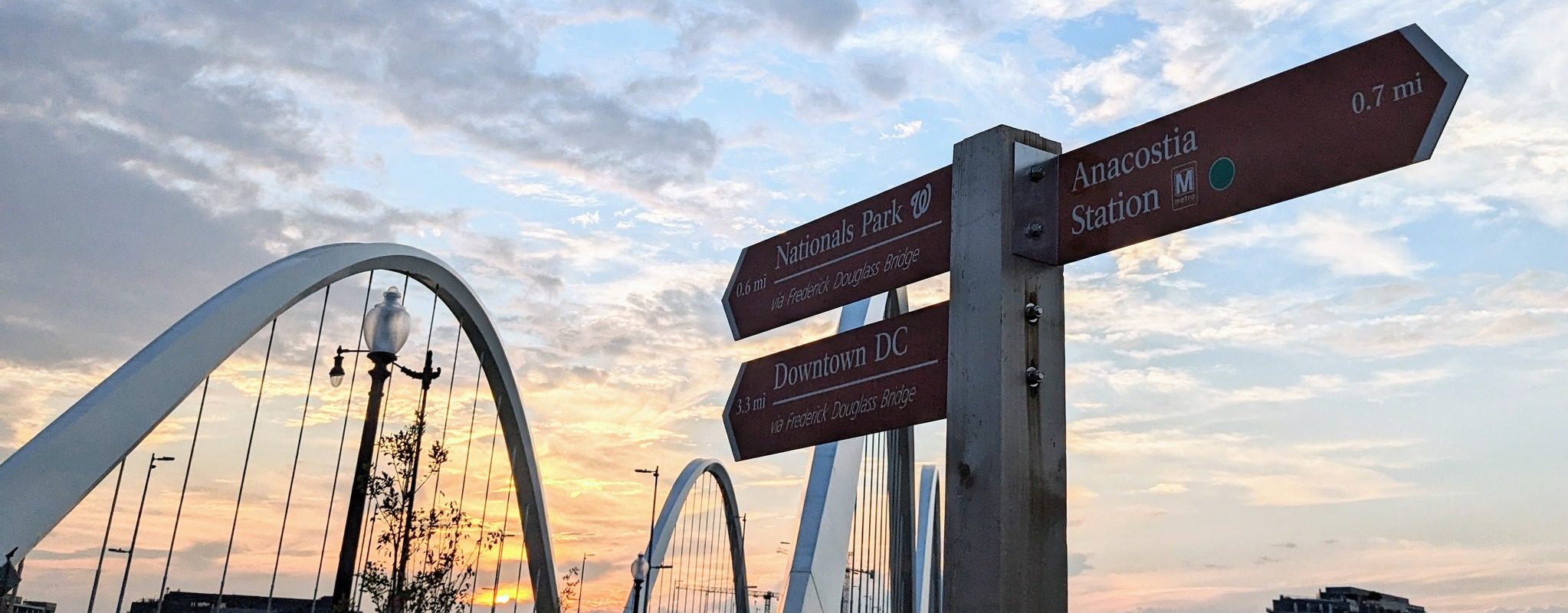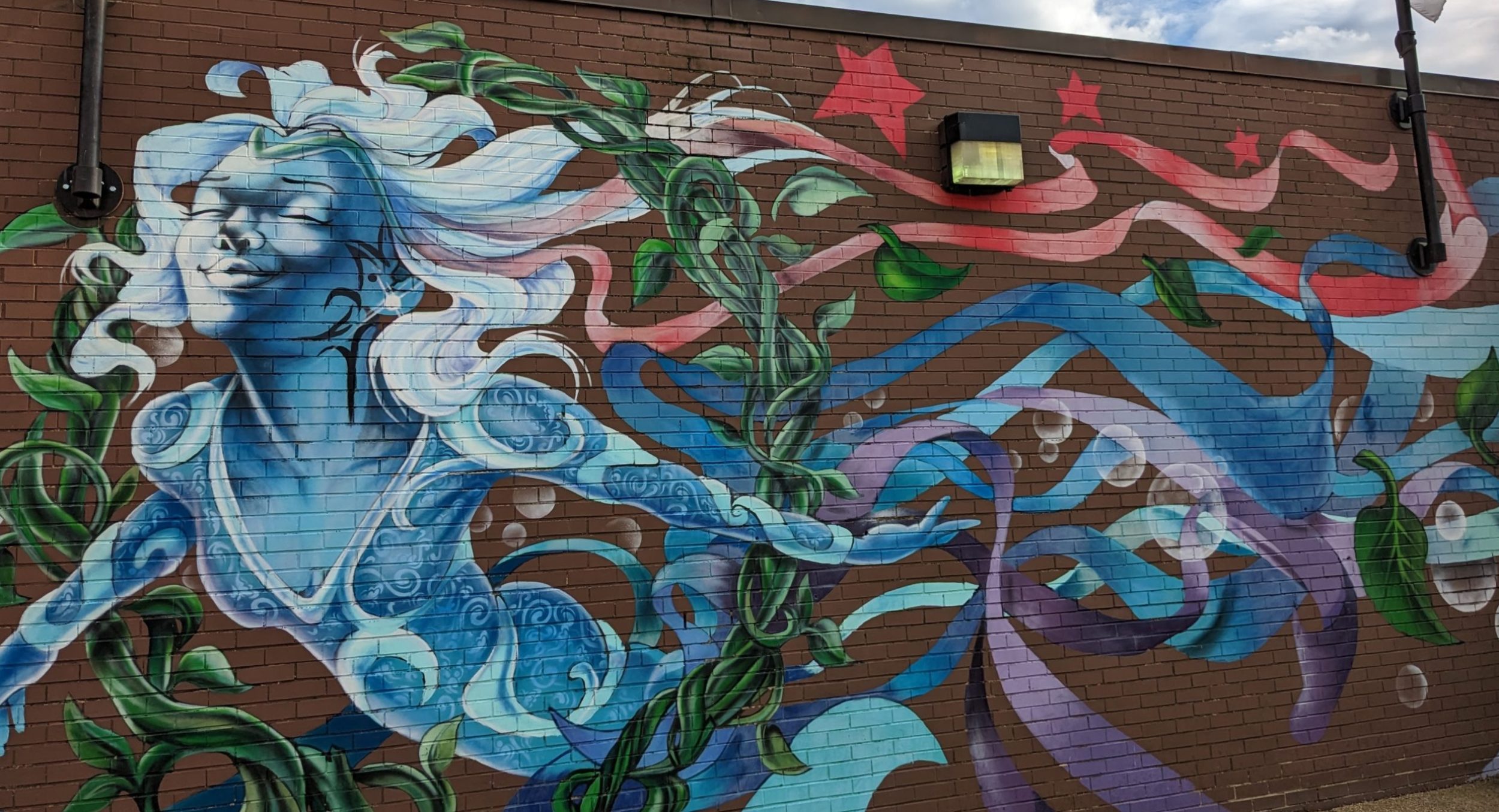The city of Valparaíso rises almost vertically from its wide smiling mouth of a port. The few blocks closest to the water are flat. They seem like the city’s version of customary formalities, offered without much sincerity. Once these are dispensed with, the city gets down to its business.
Valparaíso leaps up and up, to better show off its broad bay. To climb all of the stairs of Valparaíso would be to make a trip around the world, observed the city’s most famous one-time resident, the late poet Pablo Neruda.
For well over a century, a kind of boxy cable car has offered short cuts up Valparaíso’s sharp inclines. More than a dozen of these two-car-on-one-track operations climb the city’s slopes. One car rises, while the other descends. Then, the first car descends as the other rises.
You could jump on most of these for 200 Chilean pesos, about 38 U.S. cents at the time of our visit. The cable car in the heart of the tourist district, though, ratcheted its price to 500 Chilean pesos, adding the equivalent of 57 cents to the price.
57-Cent War
The signs mixed in well with the murals that cover walls in the city’s neighborhoods. I didn’t see anyone use the ascensor with the higher price on our visit.
“Do You Know Him?”
We did use the reasonably priced ascensors. A dog, seen above, walked into one ascensor with us. The woman who collected our fares asked if we knew him. It struck David and me as fitting that she didn’t ask us, “Is he yours?”
Chile is a big dog party, at least in the cities we visited. Dogs of all sizes and conditions run about the streets. We saw a few who looked a little beat-up, like a dog had a bump on the nose and seemed quite shy about it. But the surprise was how good many of the dogs looked.
Most had glossy coats and good muscle tone. We saw people pat some of the friendliest ones on their heads as
they passed.
It made sense that our dog ascensor companion would take a lift to get a better view of the port, where Blue cranes moved red and orange containers from ship from dock, dock to ship. It was hypnotic to watch them
Growth During Gold Rush
This port’s heyday came with the the California gold rush of 1849. It seems it was at least as cheap and easy to send wheat from Chile by sea than from the U.S. Midwest before there were such things as a national highway system or trucks to carry rectangular containers.
Valparaíso drew German immigrants. Some of them prospered enough to build grand homes during Valparaíso’s boom years. which the 1914 opening of the Panama Canal helped end.
The German influence still shows in European-style buildings such as this castle, built far from the woods and cities of Europe. Chile had been described as being the end of the world. Mountains on its eastern border isolate this narrow slice of a country. To the west stretches the blue Pacific for miles and miles. Another immigrant built a mansion shaped like a boat in nearby Viña del Mar. It’s a restaurant now. David and I had a dinner there, watching sunset fall over the beach and sea.

